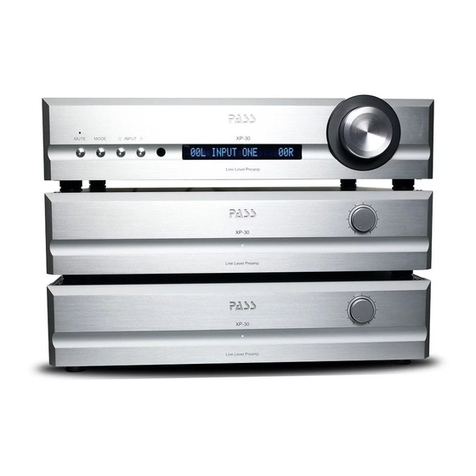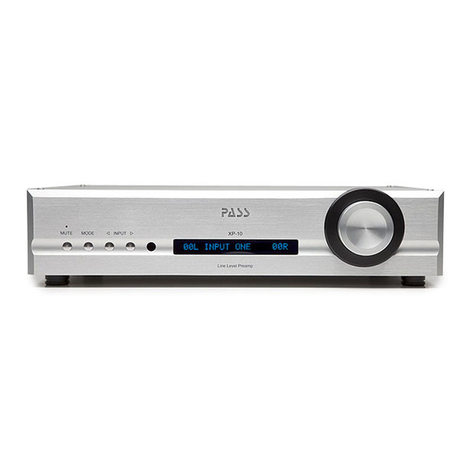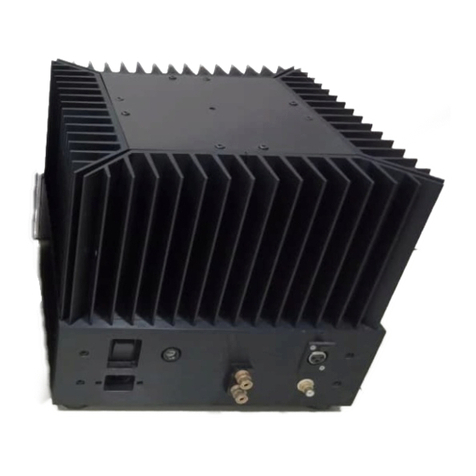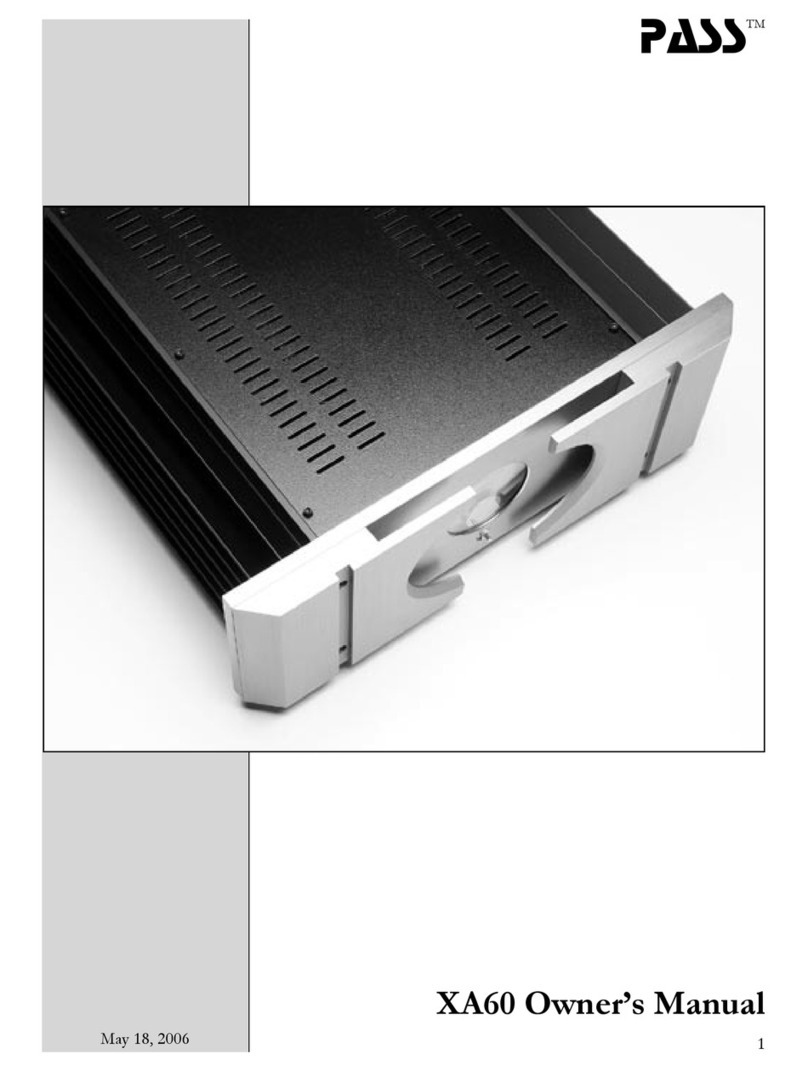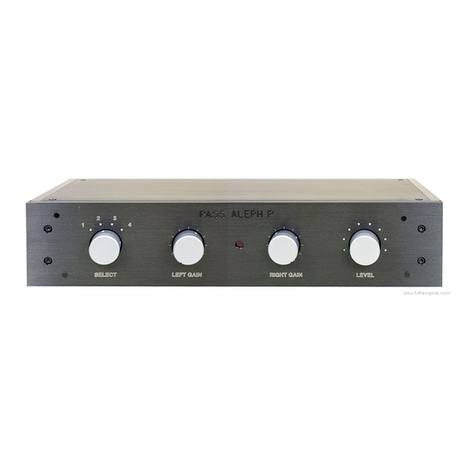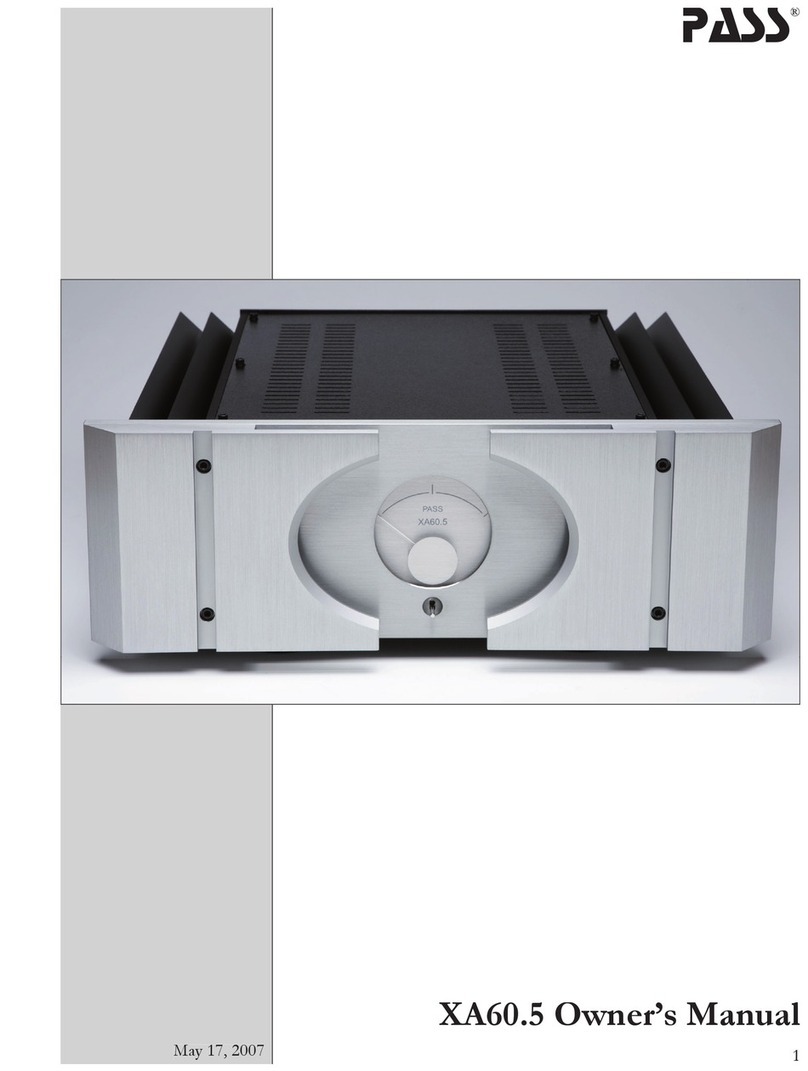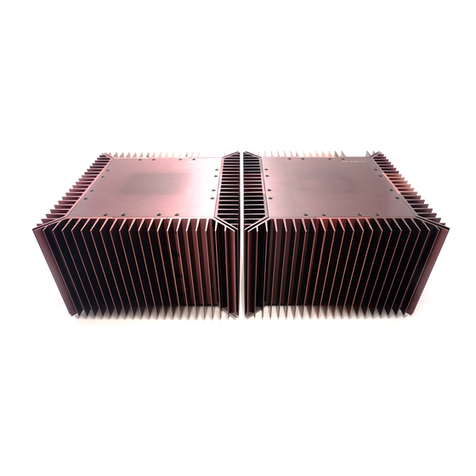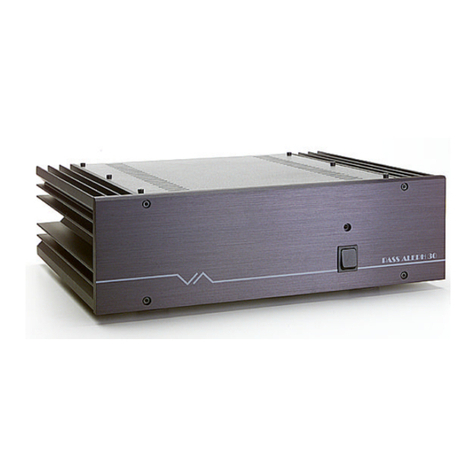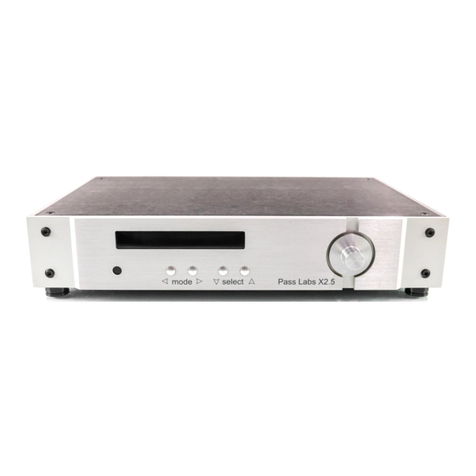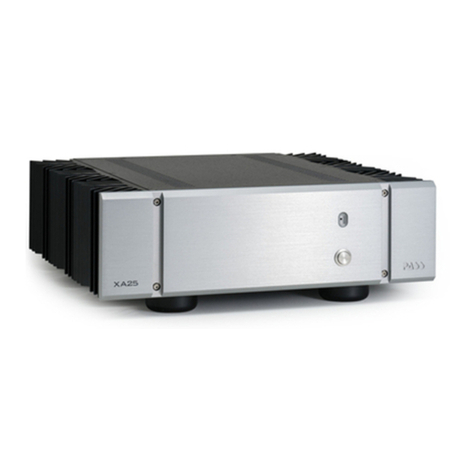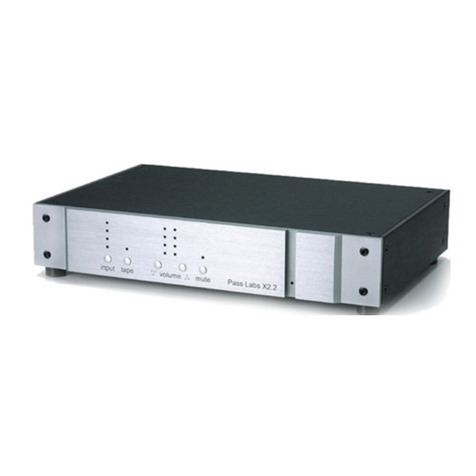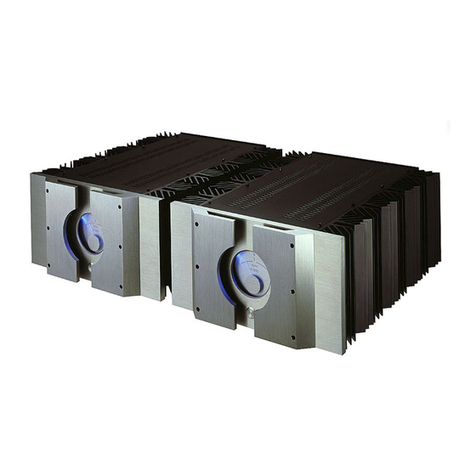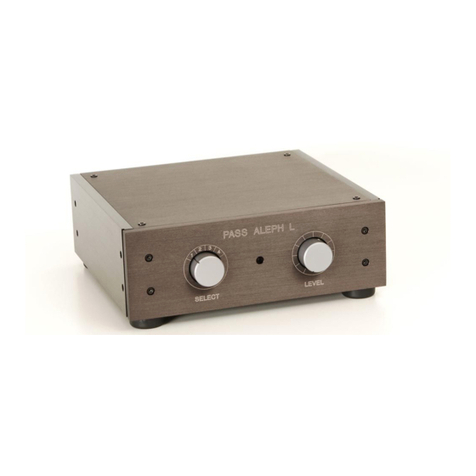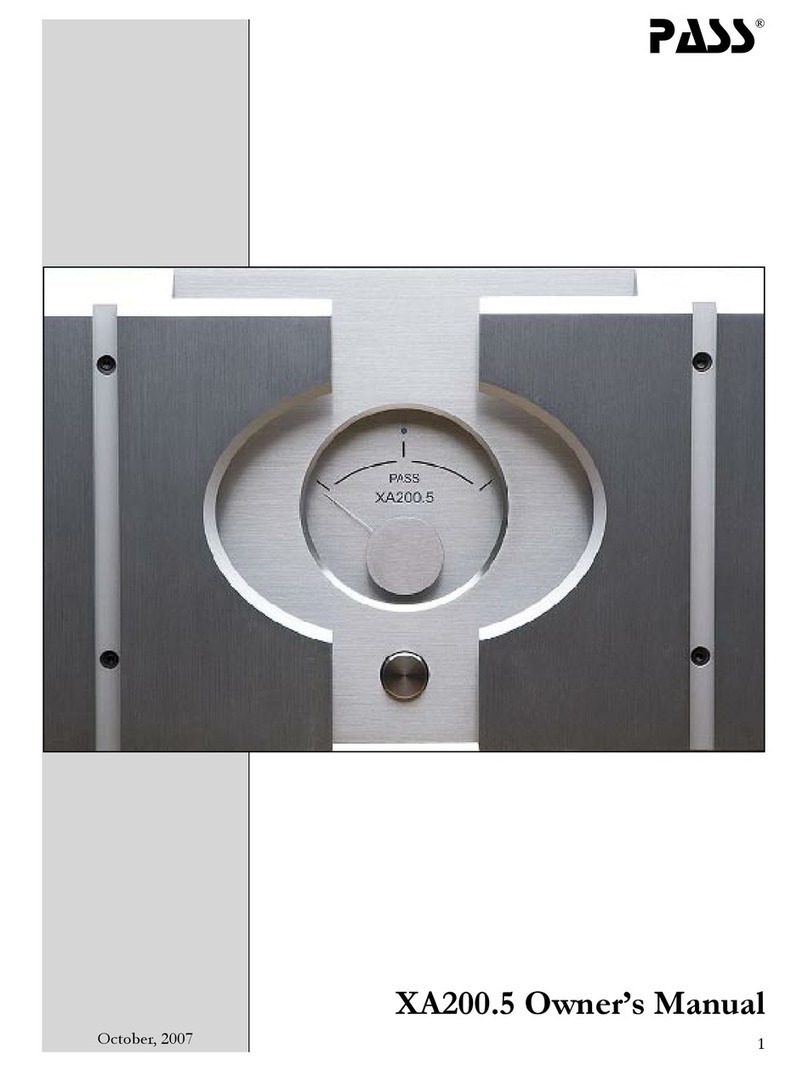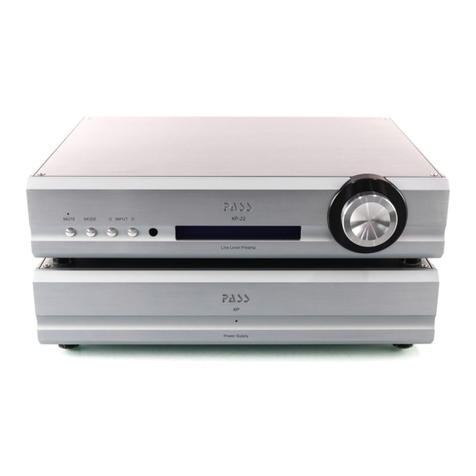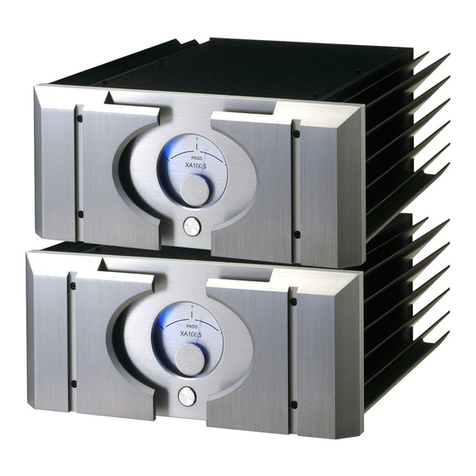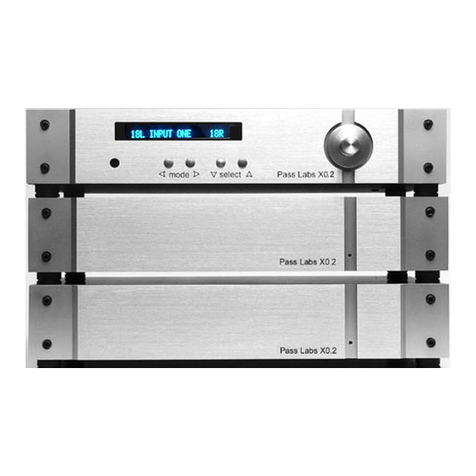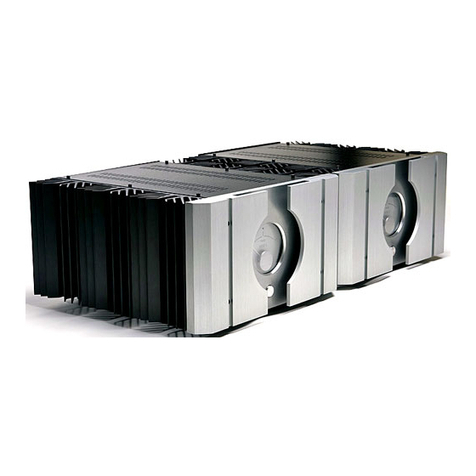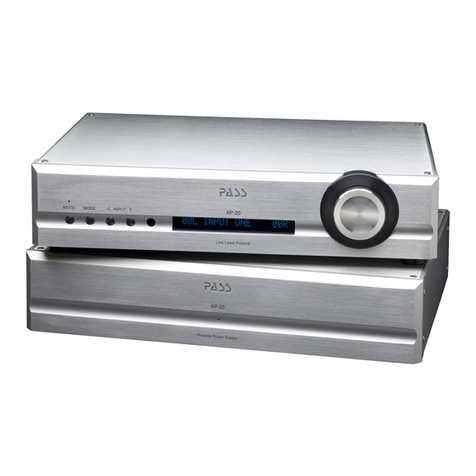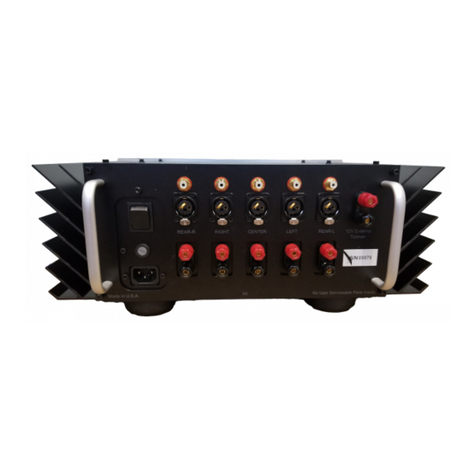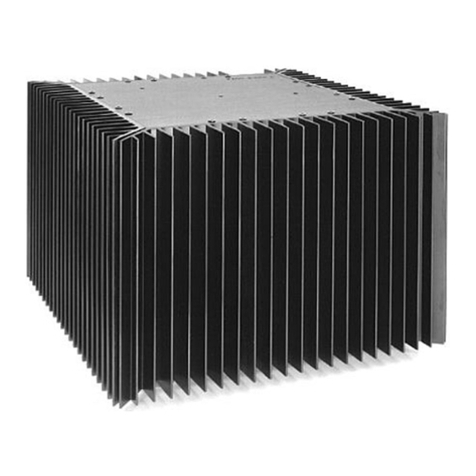
9
XP-25 Owner’s Manual
Once you have found the optimal settings, take the time to record
those settings, so that should the need ever arrive, you can replicate
your personal best settings quickly and with minimal effort. Of
course whenever your change cartridges or wiring between the
phono cartridge and XP-25 it would be wise to revisit your selected
settings and make the requisite addition to your notes. Space is
provided at the end of this manual to record those settings.
PRODUCT PHILOSPHY and DESIGN:
For a very long time there has been faith in the technical community
that eventually some objective analysis would reconcile critical
listeners subjective experience with a repeatable laboratory
measurement protocol. Perhaps this will ultimately occur, but in
the meantime audiophiles largely reject bench specifications as an
indicator of audio quality. This is appropriate; the appreciation of
audio is a completely subjective human experience. We should not
more let the numbers define audio quality than we would let chemical
analysis be the ultimate arbiter of fine wines. Measurements are
certainly critical, they can and do provide a measure of insight, but
are no substitute for human judgment of that which is pleasant.
As in art, classic audio components are the results of individual
and collective efforts that reflect a coherent underlying goal and
philosophy by the major participants. If successful, they make both a
subjective and objective statement of quality, which is meant to illicit
appreciation in the final product. It is essential that that the circuitry
of an audio component reflects a philosophy which addresses the
subjective nature of its performance first and foremost.
Lacking the ability to completely characterize performance in an
objective manner, we should take a step back from the resulting
waveform and take into account the process by which it has been
achieved. The history of what has been done to the music is
important and must be considered a part of the result. Everything
that has been done to the signal is embedded in that signal, however
subtly.
Experience correlating what sounds good to knowledge of
component design yields some general guidelines as to what will
sound good and what will not sound good in real life.
1) Simplicity and a minimum number of components is a key
element, and is well reflected in the quality of better tube
designs. The fewer pieces in series with the signal path, the better.
This is often true even if adding just one more gain stage will
